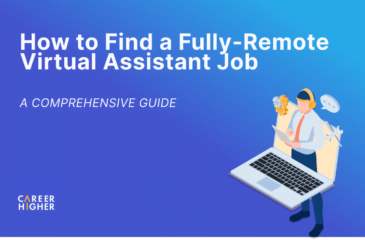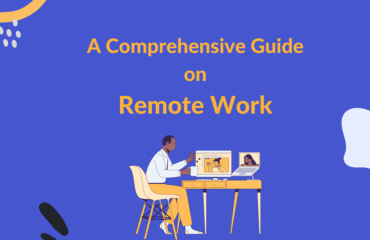Table of Contents
As a working professional, you can find your next job opportunity either with your current organization or from the external market. Both internal and external job search options are popular among job seekers. Additionally, they are not mutually exclusive, as candidates can combine both to find the best role. However, to maximize their results, applicants should tailor their job search for each approach. We have collated some best practices that you may need to understand the difference between external and internal job applications so that you can succeed in both.
How to approach jobs in the same organization?
When making applications in the same organization, you are already acquainted with the hiring team. In this case, professional networking and job interviews carry more weight than anything else. This is what you can do after learning about an internal vacancy:
1) Leverage your internal network
Professional networking is an underutilized job search tool. We strongly encourage you to keep in touch with your professional network at your workplace. When an internal role comes up, connect with professionals working closely with that role, such as a team member, and get a broad idea of the role. This will help you understand if it is suitable for you and aligns with your experience, interest, and career goals. Additionally, it will also register an interest with relevant people that could possibly help you.
2) Connect with the hiring team informally
You can reach out to the hiring team directly or after gaining some knowledge about the role from your network. This would be an opportunity for you to convey your interest in the role, understand if it is a good fit for you, and if the recruiter and the hiring manager would be willing to consider you as a candidate. If the hiring team is unsure about your candidature, check with them about what you could do to be considered for the role. This may even help you with similar roles that may open up in the future.
3) Talk to your boss and submit your application
After determining a fit for the job, get in touch with your line manager and express your intention to apply for another role in the business. The support from your line manager in the form of a referral could help you achieve a competitive advantage. Once you have spoken to your boss and completed any required formalities listed by the hiring team, you can officially make your application.
How to approach jobs outside your current organization?
Making applications externally is following the traditional job search process. This is more time-consuming as you have to identify and select your target employers. In this section, we will discuss the next steps to help you optimize your external job search results.
1) Creating an effective resume and cover letter
After you have identified your dream job and performed sufficient research to understand the alignment with your experience and skills, start creating your documents. Your resume and cover letter should be results-oriented and convey your story. A well-written resume and cover letter also increase the chances of a recruiter remembering you, creating a favorable scenario. Some top tips to keep in mind while creating your career documents are:
- Customize your resume and cover letter for every job.
- Demonstrate your experience, expertise, and skills with suitable examples.
- Highlight your achievements and accomplishments using stats and figures.
- Make sure your documents are factually and grammatically correct.
2) Leveraging your LinkedIn profile
A LinkedIn profile is an underrated asset for a job-seeking candidate. The platform holds great potential for job seekers to create their network, find their dream job, and establish a personal brand. Let’s have a look at how LinkedIn can support candidates in detail.
a) Looking for the right jobs
Linkedin connects thousands of employers with job seekers on a daily basis. It provides you an option to look for jobs based on your requirements, such as title, function, industry, and location. Doing a strategic job search on LinkedIn can help you find your dream job and chase it. Read below some tips and tricks for LinkedIn job search.
- Add relevant keywords to your profile.
- Create alerts for your target jobs to be notified as soon as they are posted.
- Reach out to key recruiters and hiring managers with an effective networking pitch.
- Use all relevant filters to find the jobs aligned with your interests and qualifications.
- Be ready with a resume and cover letter to make applications quicker through the ‘Easy Apply’ option.
- Use the ‘Save’ option to save any jobs for later to avoid forgetting to apply for them.
- If you are a Premium user, use job insights and data to understand your competitive position and make informed decisions.
b) Creating content
Content creation on LinkedIn is undervalued. Creating the right content for your audience has the power to transform your career and professional life. Brandon Stanton, the founder of the Humans of New York is one of the successful entrepreneurs who started their current ventures by creating content for their audience. While this may require time and effort, connecting with your target audience with effective content can help you build a strong personal brand. This allows you to achieve a competitive edge in your job search.
3) Establishing a strong network
Professional networking is another great tool to support your job search. According to a LinkedIn survey, quality networks are the number one source of quality hires for organizations. Thus, your network has the potential to take you closer to your dream job. To build a strong network, we recommend attending online and offline networking events, getting in touch with former colleagues and identifying professionals working with your target employers. As networking is a two-way street, we suggest keeping an open mind and looking for opportunities to reciprocate the help from these connections.
The job application process for internal and external jobs is different. But what really matters in a job search is strategy, commitment, and patience. If you are looking to move to a new career but are unsure about the next steps, our experts would be more than happy to help you.











